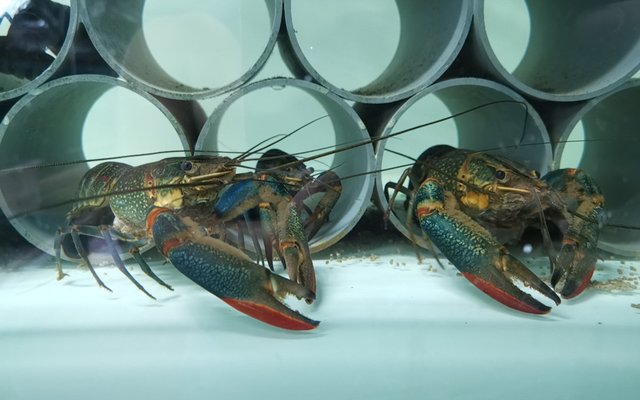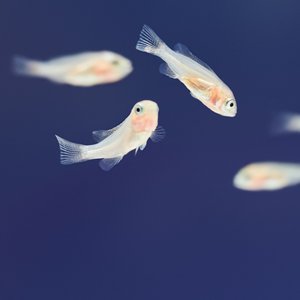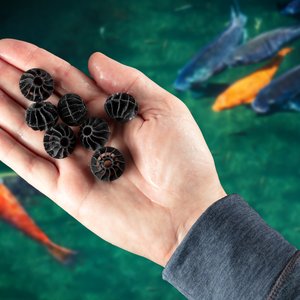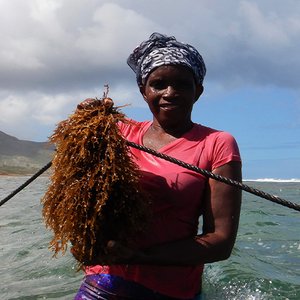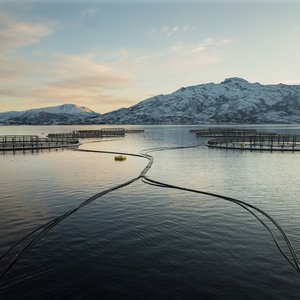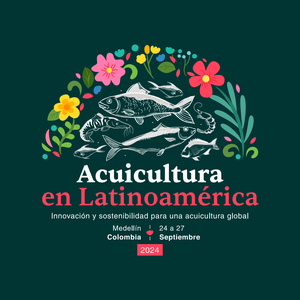Singapore Crawfish has been conducting an extensive genetic mapping and selection program to improve the performance and behavioral plasticity of its crawfish. The company's research team has been focusing on identifying genetic markers associated with desirable traits, such as growth rate, disease resistance, and environmental adaptability.
The study focused on two groups of crawfish: those that were genetically selected for performance and those that were not. The genetically selected crawfish showed better growth rates, improved survival rates, and greater resistance to diseases compared to the non-selected group.
Researchers also found that the genetically selected crawfish exhibited greater behavioral plasticity in response to changing environments. For example, when exposed to low oxygen levels, the selected crawfish were better able to adjust their behavior and physiology to survive.
Singapore Crawfish’s genetic mapping program has five primary objectives. The first is improved disease resistance. By genetically mapping and selecting crawfish with stronger immune systems, the mapping programs can help industry farmers produce crawfish that are more resistant to diseases, reducing the need for antibiotics and other medications.
The second is for increased productivity. Singapore Crawfish’s Genetic mapping programs can identify crawfish with desirable traits, such as fast growth rates, efficient food conversion, and higher meat yield. By selectively breeding these crawfish, Singapore Crawfish’s partners and farmers can increase productivity and profits.
Enhanced environmental sustainability is another one. Genetically selecting and breeding crawfish with less aggression and invasiveness translates to a reduced impact on the environment, as they are less likely to outcompete and displace other species in the ecosystem. This helps the crawfish industry become more environmentally sustainable and reduces the risk of overfishing and water pollution.
Singapore Crawfish has also identified crawfish with higher feed conversion ratios, which means they require less food to produce the same amount of meat. This can help reduce the amount of feed required to produce crawfish, leading to lower costs and less waste.
Lastly, improved crawfish health and welfare help reduce the incidence of stress-related diseases and improve overall crawfish welfare. This can lead to improved product quality, better yields, and reduced mortality rates.
“The advancements made by Singapore Crawfish in genetic mapping and testing have the potential to significantly improve the sustainability of aquaculture. By breeding crawfish with desirable traits, farmers can produce healthier, more resilient animals that require fewer resources and have a smaller environmental impact,” Desmond Chow, founder and CEO of Singapore Crawfish.
“The company's genetic selection program has also opened up new possibilities for research and development in the crawfish industry. With a better understanding of the genetic makeup of the red claw crawfish, Singapore Crawfish's research team has been able to identify new avenues for innovation and development, leading to improved crawfish production methods and more sustainable farming practices,” Chow concluded.


